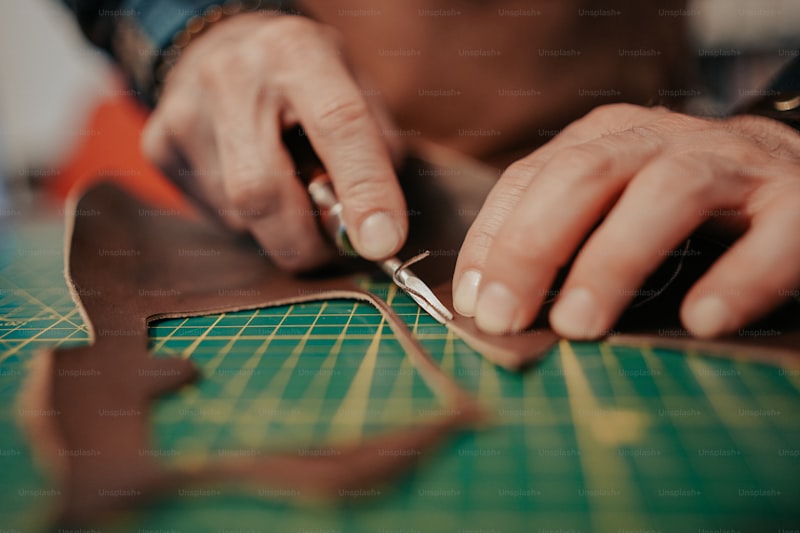Discovering the Elegance of Victorian Lace: A Timeless Craft
Introduction to Victorian Lace
Victorian lace is not just a textile; it is a piece of history that showcases the exquisite craftsmanship of the Victorian era. This article explores the intricate world of Victorian lace, its history, creation methods, and how it continues to influence fashion today. Whether you’re an enthusiast or a novice, understanding Victorian lace helps appreciate the artistry involved in this timeless craft.
What is Victorian Lace?
Victorian lace refers to various types of lace that became popular during the reign of Queen Victoria, which spanned from 1837 to 1901. The term encompasses different lace styles, including:
- Bobbin Lace: Made using bobbins and a pillow, bobbin lace features intricate designs that are both delicate and complex.
- Needle Lace: Created with a needle and thread, needle lace involves detailed stitching techniques to form beautiful patterns.
- Tatted Lace: This lace is made using a shuttle to create knots and loops, resulting in a unique texture.
The materials often utilized in Victorian lace include cotton, silk, and even gold threads for more luxurious pieces, showcasing the level of detail and dedication invested in this craft.
The Historical Context of Victorian Lace
The Victorian era was marked by a flourishing of arts and crafts, largely influenced by the Industrial Revolution. With advancements in technology, lace production began to shift from manual skilled labor to machine-made lace. However, hand-crafted lace remained a luxury item and signified status among the wealthy.
Victorian lace was frequently used in garments such as dresses, gloves, and veils, becoming a symbol of femininity and grace. Additionally, lace was not just limited to clothing; it adorned homes as curtains, tablecloths, and bed linens, reflecting the era's taste for elegance and sophistication.
Creating Victorian Lace: Techniques and Tools
Producing Victorian lace requires a deep understanding of various techniques and tools. Below, we summarize some of the most common methods used:
| Technique | Description |
| Bobbin Lace | Involves twisting bobbins around pins on a lace pillow to form intricate designs. |
| Needle Lace | Requires a needle to stitch together threads into delicate patterns. |
| Tatted Lace | Uses a shuttle to create knots and loops that intertwine, forming lace motifs. |
Tools Used for Lace Making
The traditional tools associated with Victorian lace making include:
- Bobbins: Small spools that hold the thread.
- Shuttles: Instruments used in tatting to manipulate and guide the thread.
- Needles: Various sizes are used, especially in needle lace making.
- Lace Pillow: A cushion on which bobbin lace is crafted.

The Influence of Victorian Lace in Modern Fashion
Today, Victorian lace continues to inspire designers and artisans worldwide. Contemporary fashion often incorporates lace elements, reflecting the romantic and vintage aesthetics reminiscent of the Victorian era. Here are a few ways modern fashion has embraced this timeless material:
- Bridal Wear: Many bridal gowns feature Victorian lace to add a classic, ethereal touch.
- Feminine Apparel: Modern blouses and dresses often include lace details, borrowing from Victorian influences.
- Home Décor: Lace table runners and curtains remain staple items in interior design, channeling a vintage vibe.
Popular Victorian Lace Patterns
Several classic patterns have stood the test of time, still cherished today:
- Floral Motifs: Flowers are a quintessential aspect of Victorian lace, often intricately woven into patterns.
- Geometric Shapes: These designs provide structure and balance to the delicacy of lace.
- Scrolls and Vines: Curvilinear shapes evoke the romantic essence of the Victorian era.
How to Care for Vintage Victorian Lace
If you own pieces of vintage Victorian lace, proper care is essential to ensure their longevity. Here are some tips:
- Washing: Hand wash with cold water and a mild detergent to prevent damage.
- Drying: Lay flat on a clean, dry towel to avoid stretching.
- Storing: Keep lace in a cool, dry place, preferably wrapped in acid-free tissue to avoid yellowing and damage.
Conclusion: The Timeless Allure of Victorian Lace
Victorian lace, with its rich history and beautiful craftsmanship, continues to captivate hearts and inspire creativity across generations. Whether you’re seeking to incorporate Victorian lace into your wardrobe or simply appreciate its beauty, understanding its legacy enhances your appreciation for modern fashion's romantic elements. Remember to care for your Victorian lace pieces properly, ensuring their elegance can be admired for many more years to come. Embrace the artistry of Victorian lace and let it inspire your personal style!
For those looking to explore further, consider researching lace-making workshops and visiting exhibitions showcasing historical textiles. Engage with the vibrant community of lace makers to deepen your understanding and appreciation of this exquisite art form.